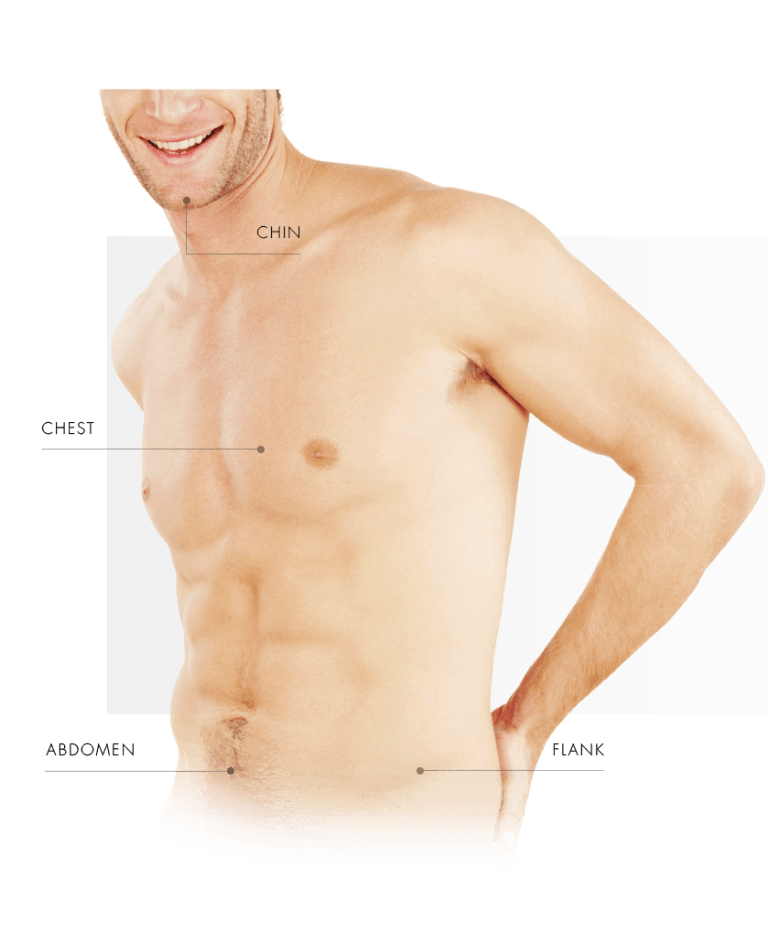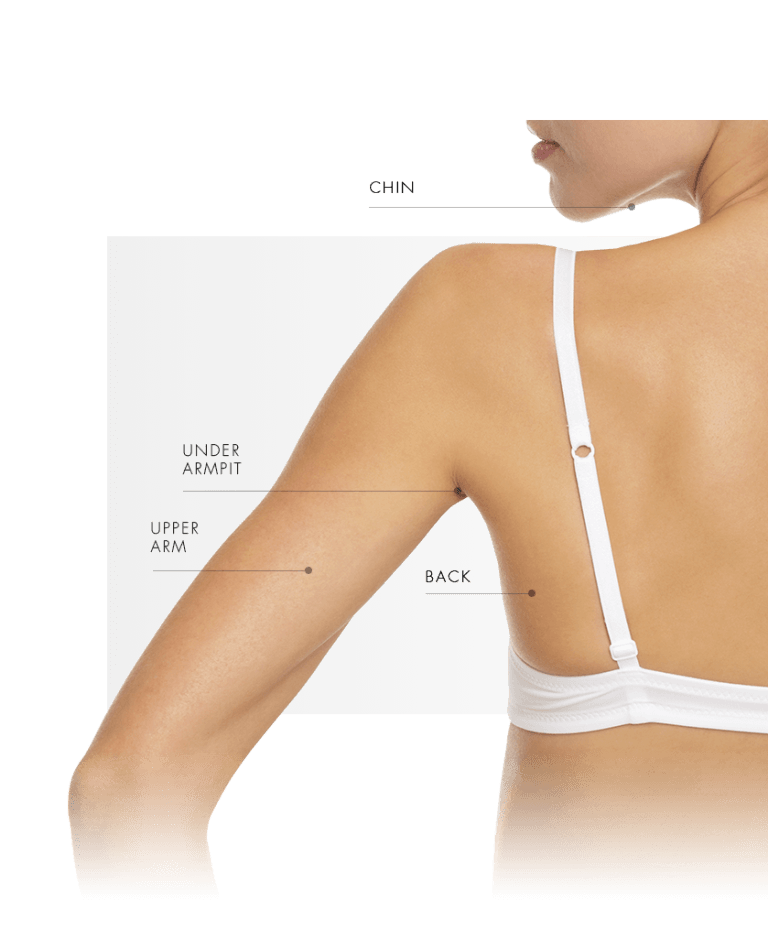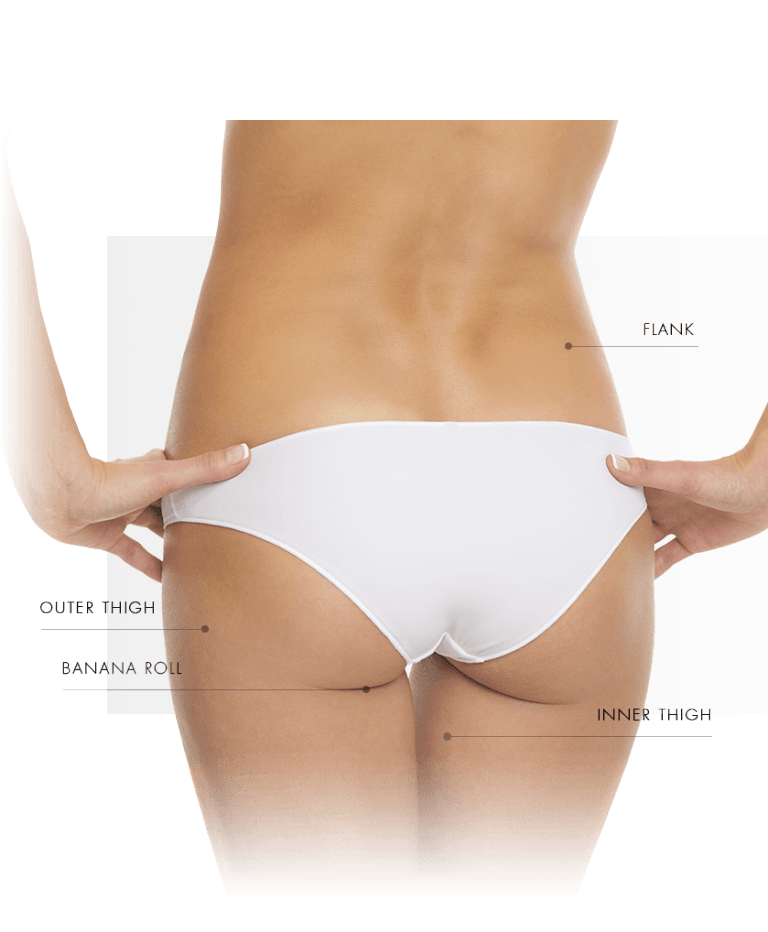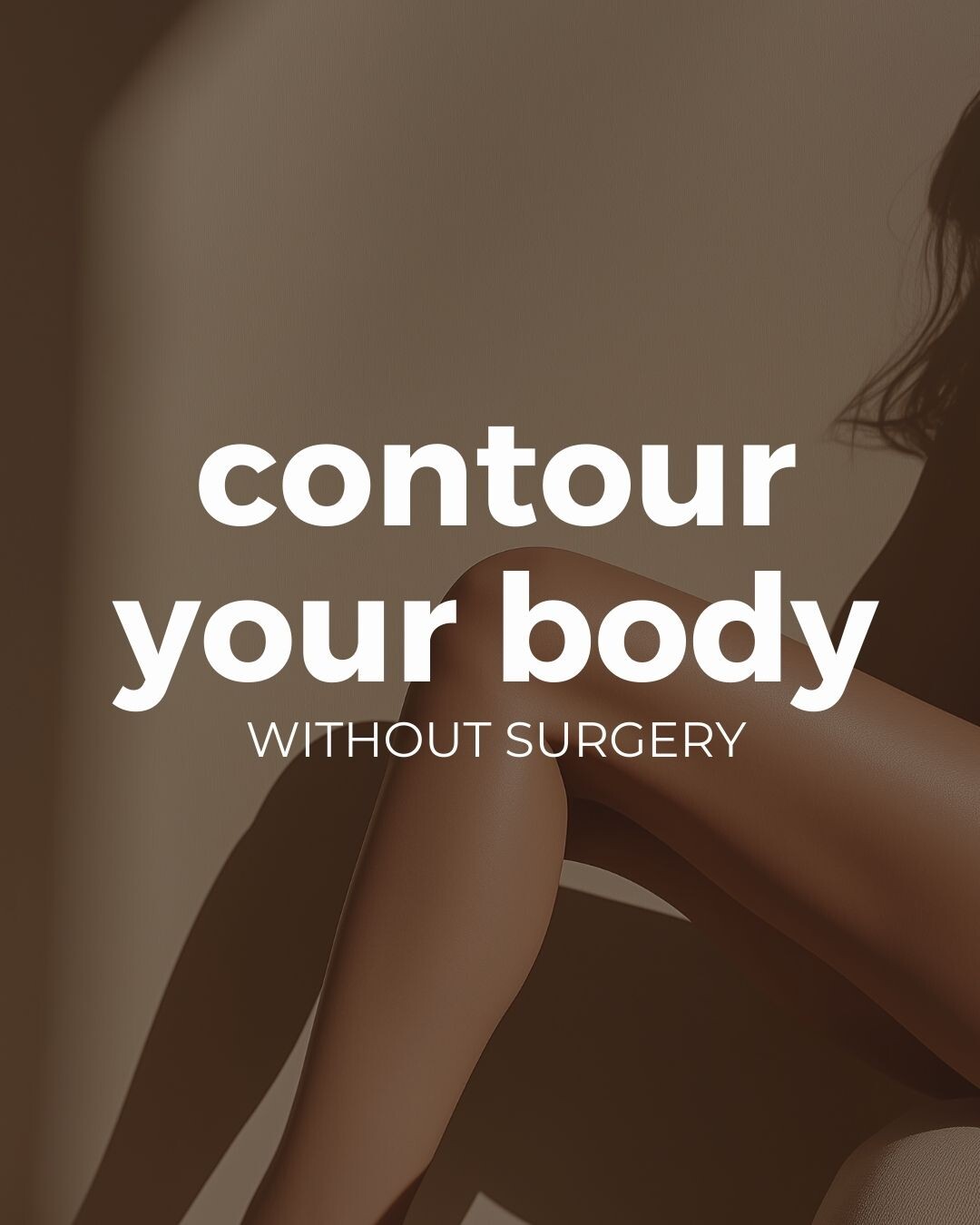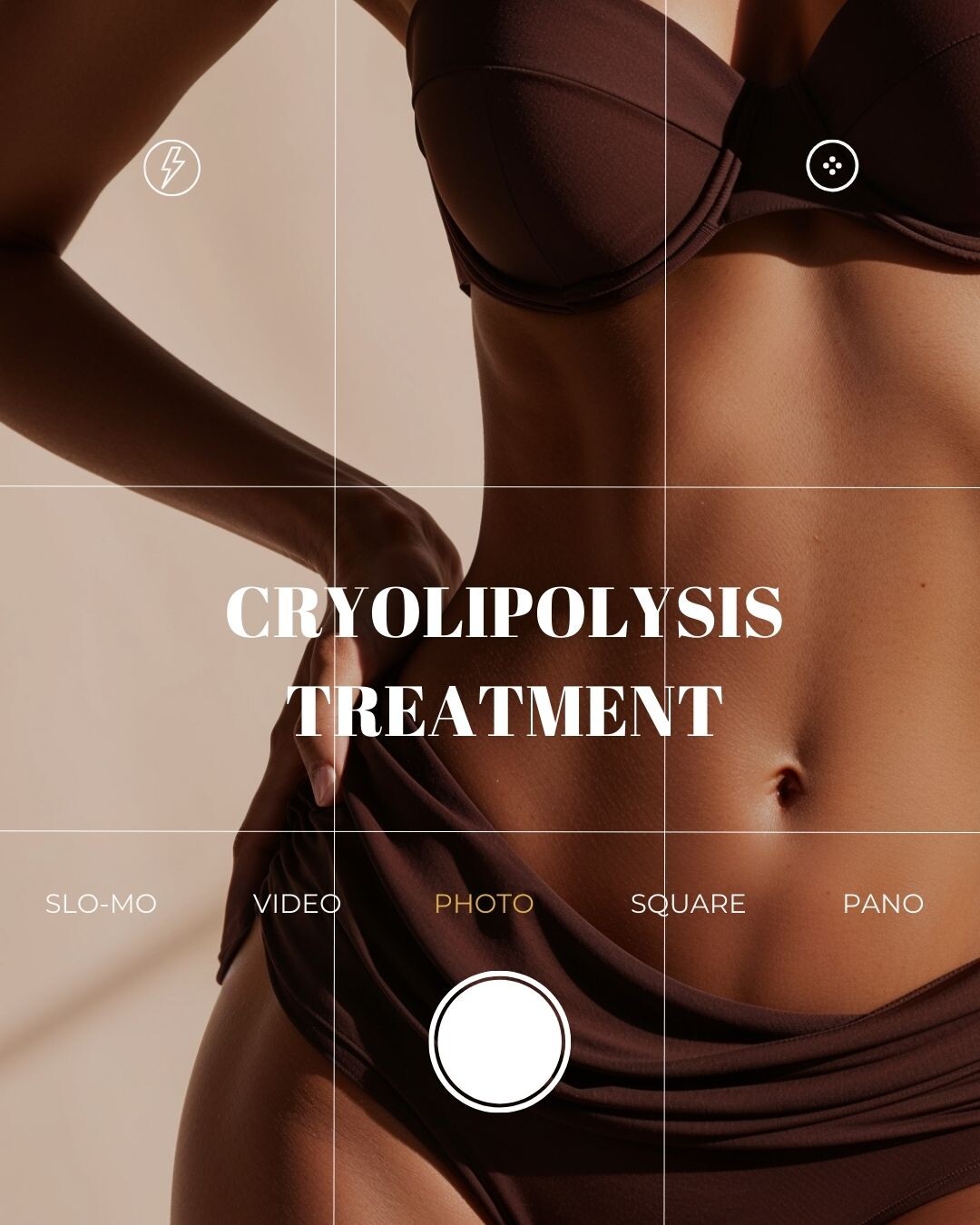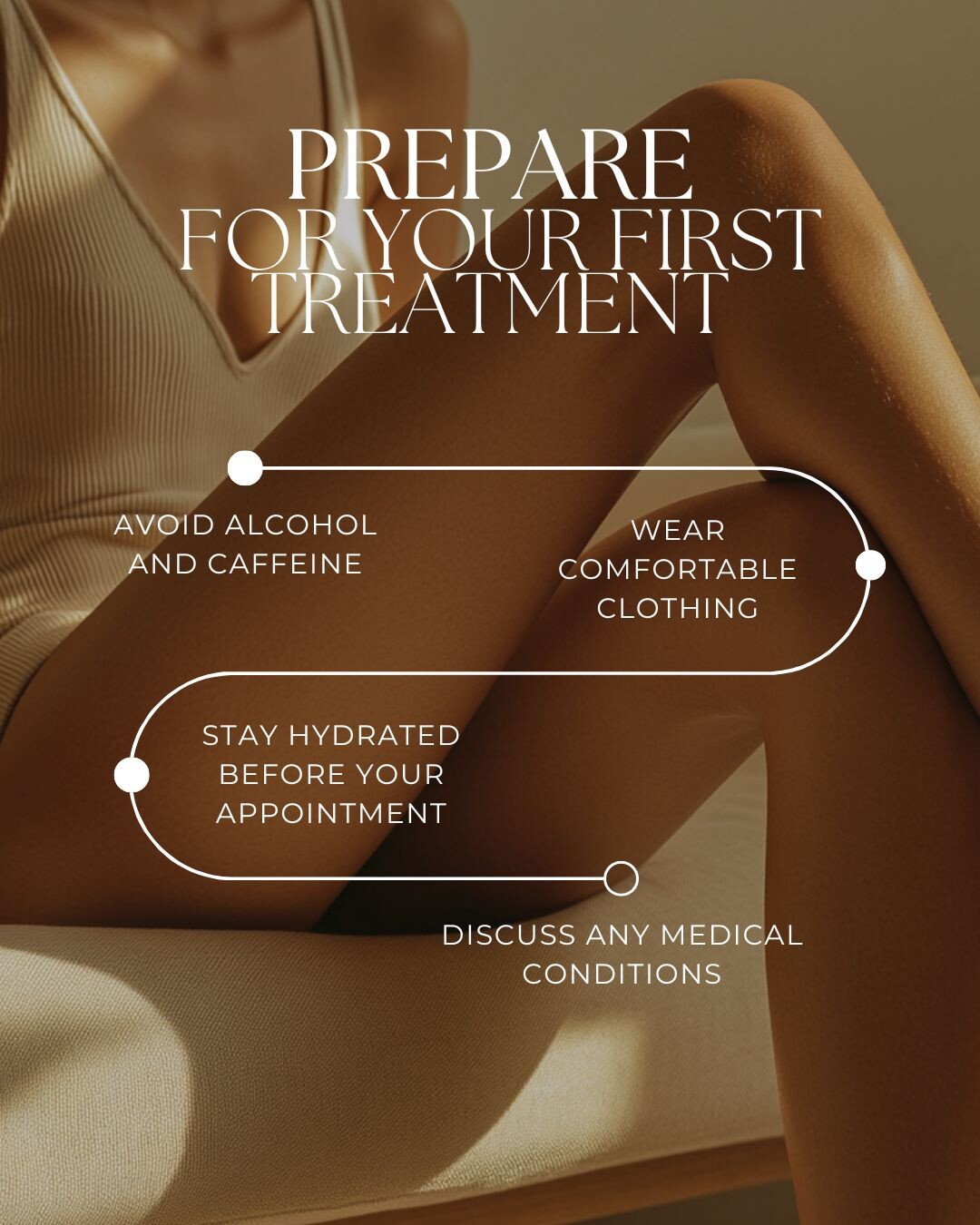- What is Cryolipolysis?
- Benefits include
- How it works
- Treatment
- Contraindications
- Prior to your procedure
- Post-treatment
- What to expect the first few days and weeks after
Cryolipolysis is a non-invasive body contouring treatment used to reduce fat cell volume by freezing. The treatment involves controlled application of cooling within the temperature range of +5 to -11 °C for the
non-invasive, localized reduction of fat deposits, intending to reshape the contours of the body. Typical treatment areas include : abdomen, thighs, under the chin or upper neck, flanks, under the armpit, back,
buttocks and under the buttocks. No topical anaesthesia or pain medication is required. There typically is minimal to no recovery time after . Most patients are able to return to their regular daily routine,
including work and working out, immediately after the procedure.
- Permanent fat removal
- No downtime
- Non-Invasive
- Permanent Results
- Treat 1 area in 1 Hour
- Very Safe Procedure
- Kills Fat Cells Only
- Best Results Shown at 4-6 Months
- Safer alternative to liposuction
- Generally less expensive
Fat cells hate the cold, its science!
Clinical studies have documented that exposing fat cells to very low temperatures is a way of decaying them. Fat cells are more sensitive to temperature than many other types of cells in your body. The process in which
cold temperatures kill fat cells is called cryolipolysis. When the fatty cells are damaged, the body responds with inflammation in the treatment area. Inflammation takes about 30 days to peak after the procedure.
All destroyed components of the fat cells are taken up and eliminated permanently through the lymphatic system. The lymphatic system is a secondary circulatory system that runs throughout the body which will drain
swelling and remove waste from the body. Waste may include byproducts of normal cell function and also the broken down parts of dead fat cells that have died as a result of cryolipolysis treatment. The lymphatic
system gathers up this extra fluid and broken down fat cells and then delivers them back to the bloodstream. It is then the job of the liver to break down the remaining bits of fat cells and the job of the kidneys
to help you to out what cannot be broken down.
Cryolipolysis is a non-surgical procedure that may take from one to several hours, depending on your customized treatment plan. No general/topical anesthesia or pain medication is required. As the procedure using a vacuum
applicator is initiated, vacuum pressure draws tissue into an applicator cup between cooling panels. The vacuum pressure may cause sensations of deep pulling, tugging and pinching in the area being treated. A surface
applicator may cause sensations of pressure. You also may experience intense stinging, tingling, aching or cramping. These sensations generally subside as the area becomes numb.
(A contraindication is a condition or factor that serves as a reason to withhold a certain medical treatment due to the harm that it would cause the patient.)
- Are pregnant or breastfeeding
- Bleeding disorders or taking anticoagulants (ex. blood thinners; Plavix; Coumadin; and the likes) or immunosuppressants
- Have seizure disorders triggered by light
- Have Pacemaker or defibrillator
- Have a history of skin cancer or exhibit suspicious lesions. Requires clearance from medical dermatologist.
- Cryoglobulinemia or paroxysmal cold hemoglobinuria
- Diastasis Recti
- Known sensitivity to cold such as cold urticaria or Raynaud’s disease.
- Impaired peripheral circulation in the area to be treated
- Neuropathic disorders such as post-herpetic neuralgia or diabetic neuropathy
- Impaired skin sensation
- Open or infected wounds
- Recent surgery or scar tissue in the area to be treated
Eat a good meal – there is no need to skip meals, please eat accordingly. Please do not have any caffeine on the day of your treatment. This can contribute to swelling and bruising. Please wear comfortable, loose or baggy
clothing. You may wish to bring water, a light snack and entertainment materials i.e. book, ipod, laptop, etc. Patients often read, listen to music or take a nap.
- What to expect immediately after: Immediately after the procedure, your treated area may look or feel stiff and transient blanching (temporary whitening of the skin) may occur.
- You may feel a sense of nausea or dizziness as your body naturally warms and sensation returns to your treatment area. These are normal reactions that typically resolve within minutes.
- The treated area may be red for up to a few hours after the applicator is removed. This is an expected but temporary effect after the procedure.
- Bruising, swelling and tenderness can occur in the treated area. This typically resolves within a week or two.
- Nausea and tingling, stinging and cramping in the treatment area are often reported on treatment day. You may feel a temporary dulling of sensation in the treated area. This is normal and typically resolves within a
few hours but may last for several weeks after your procedure. - There typically is minimal recovery time after the procedure. Most patients are able to return to their daily routine immediately after the procedure.
- To get the most out of your CoolSculpting a lymphatic massage can assist the body get rid of the dead fat cells more efficiently.
- It is common for the treated area to feel bloated and look swollen in the first few days and weeks after.
- You may experience a temporary dulling of sensation that can last for several weeks.
- At some point within the first two weeks following the procedure, you may experience one or more of the following sensations: deep itching, tingling, numbness, tenderness to the touch, pain in the treated area, strong
cramping, diarrhea, muscle spasms, aching and/or soreness. Consult your doctor if these conditions persist beyond two weeks or worsen over time. - If in pain, over the counter pain relief medications such as Tylenol, aspirin or anti-inflammatory medication (ex. Motrin, ibuprofen, Aleve) if no contraindication may be used as directed. A Lidocaine 4% patch is also
helpful. - Following the procedure, a gradual reduction in the thickness of the fat layer will take place. You may start to see changes as early as four weeks after and you will experience the most dramatic results after one to
three months. Your body will continue naturally to process the injured fat cells from your body for approximately four months after your procedure. - In rare cases, patients have experienced vasovagal symptoms during the treatment, and reported freeze burn, darker skin color, hardness, discrete nodules or enlargement of the treated area. Surgical intervention may
be required to correct the enlargement. - Follow up Appointment: More than one treatment may be needed, depending on the size of the treated area and the desired outcome. We encourage patients to return for a follow up appointment and clinical
assessment four months after the procedure. During this time we will evaluate the treated area(s) to review your clinical results and discuss the option of additional treatments to achieve your desired level of
fat reduction. Weight gain will prevent you from appreciating your full results. We encourage you to maintain a healthy diet and exercise routine after your procedure.
